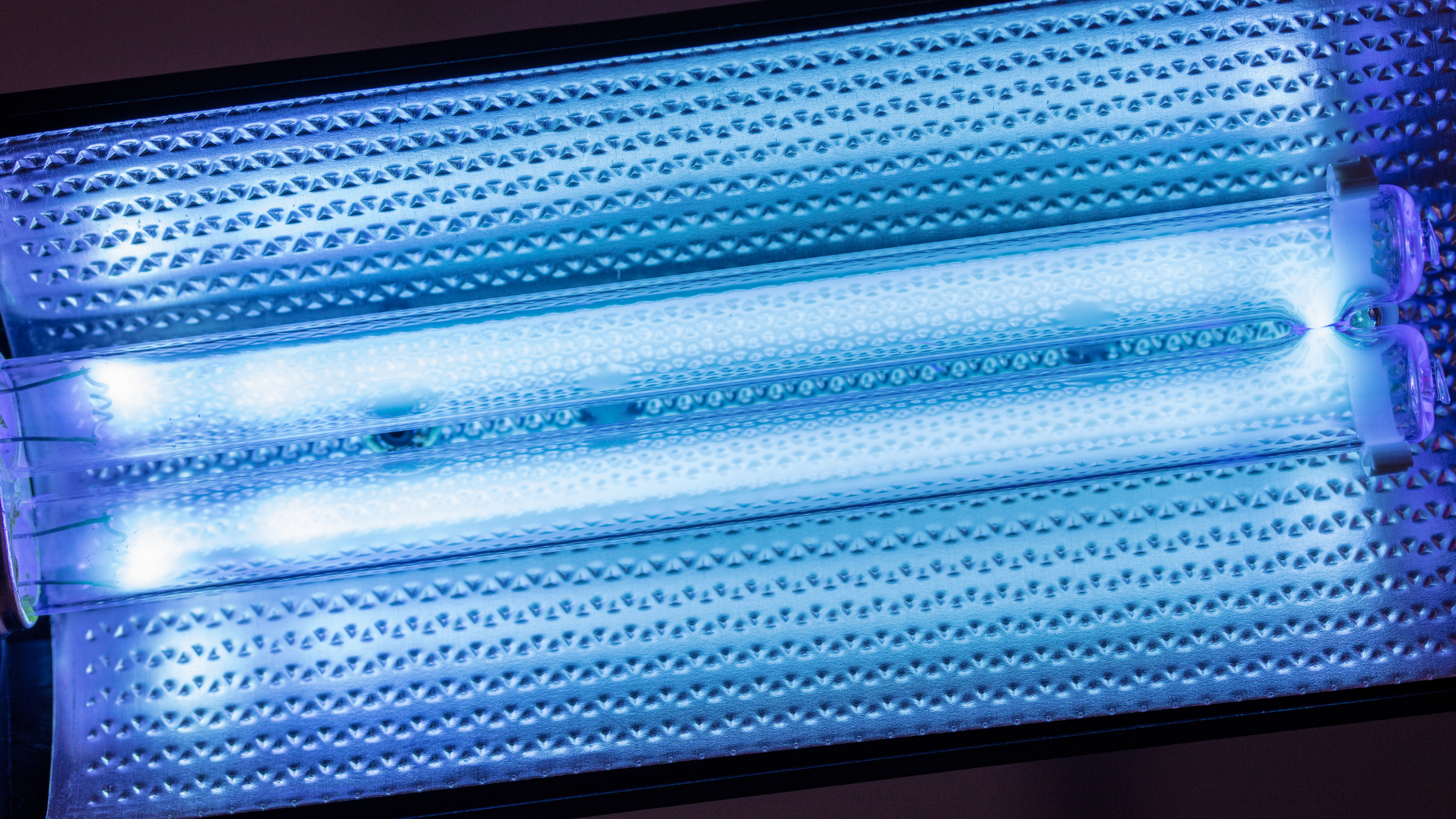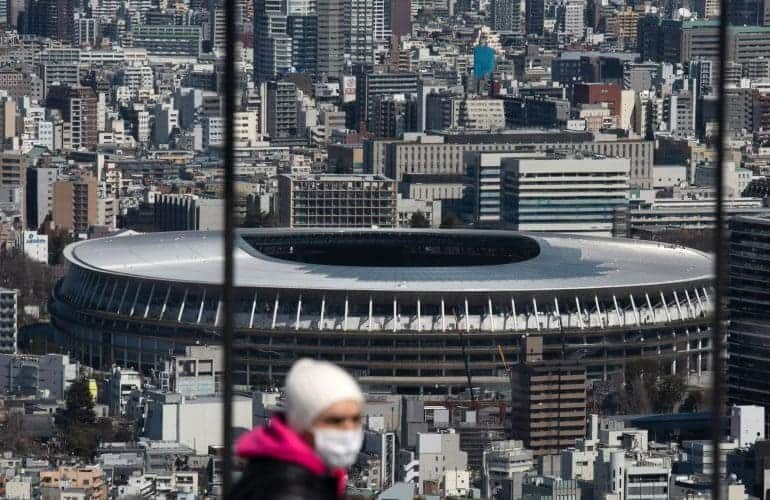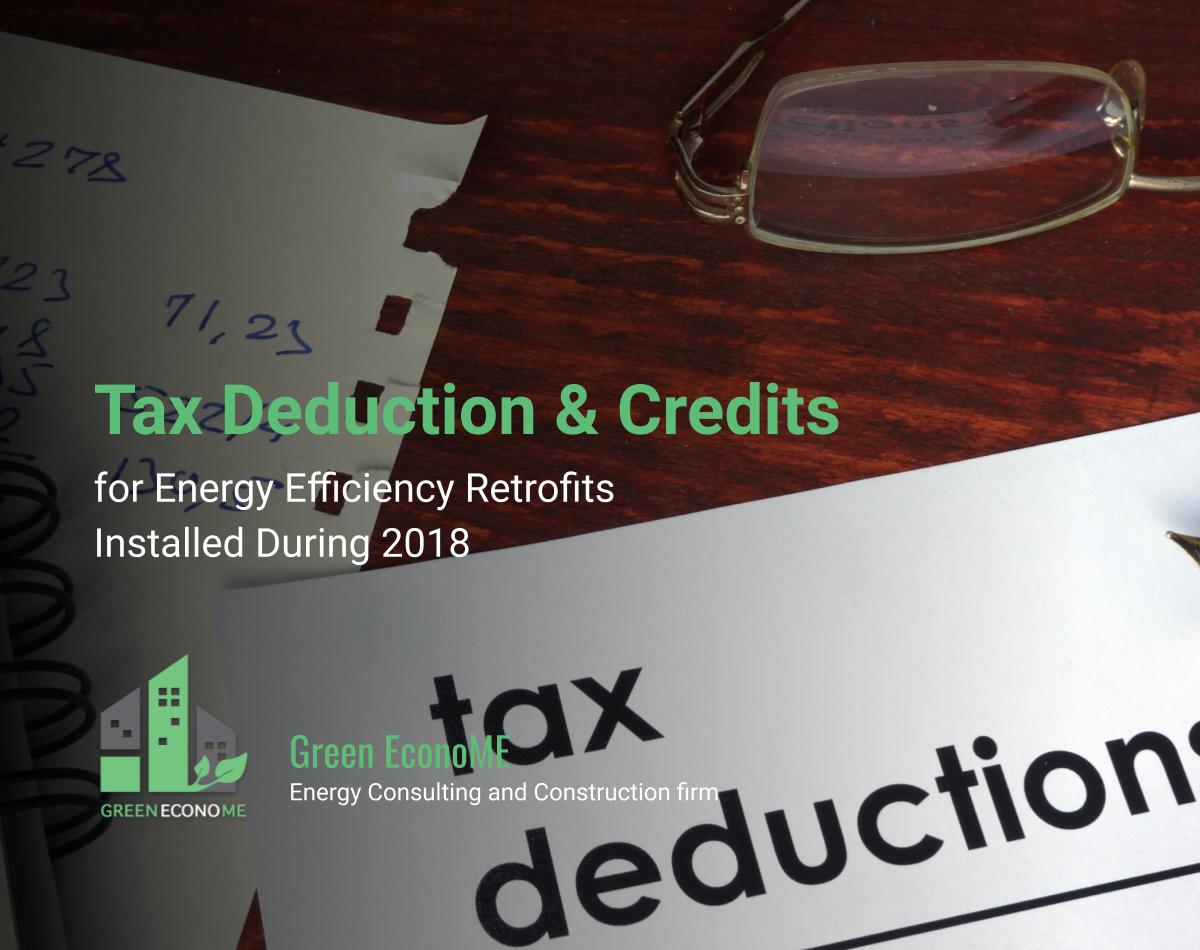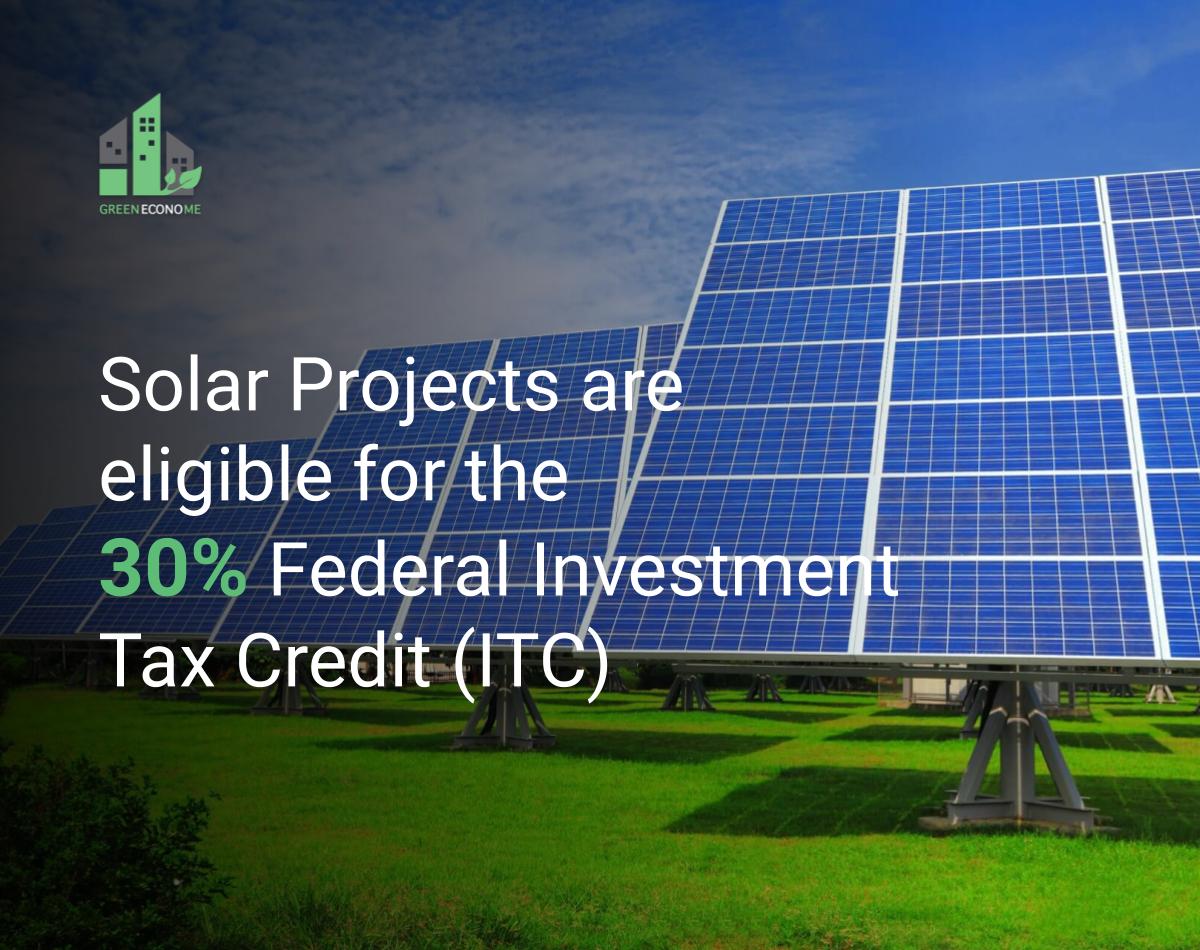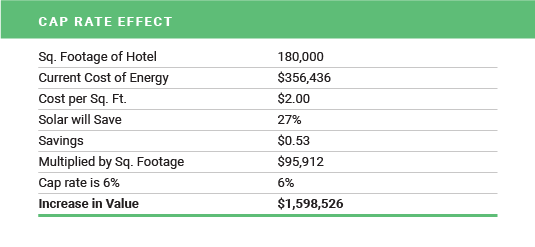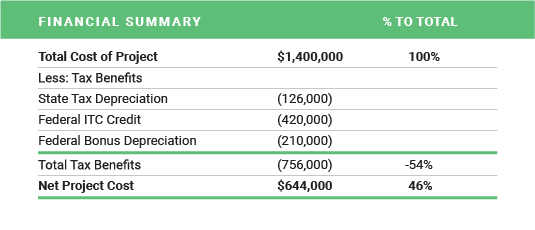UVC. The humble workhorse of building system maintenance and a Green EconoME recommended measure, is currently in the spotlight as one of the more compelling solutions to killing the novel coronavirus. Although it has hit the mainstream as a light wand that promises to disinfect your groceries, we need to take a deeper dive into how UVC works and shine the light on its true potential: an effective and efficient strategy to mitigating the transmission of COVID-19 inside our buildings. Especially as scientific research is showing further evidence of how the coronavirus can be spread via aerosols, buildings need to have solutions to keep their occupants safe.
What are UVC lights? How do they work?
Ultraviolet light, aka. sunshine can be divided into three sub-bands (UVA, UVB, UVC), based on wavelength. UVC radiation possesses disinfecting properties, therefore UVC lamps, or germicidal lamps are used to disinfect air, water, and nonporous surfaces. Their ability to degrade organic material is well established in both research and application (ASHRAE, Science, GSA, CDC).
UVC light works by destroying the exterior protein membrane of organic material, like breaking an egg. Doing this “deactivates”, or basically kills the pathogen. This form of radiation is proven to deactivate varied coronaviruses, including SARS-CoV which is in the same family as COVID-19.
So, will UVC light kill the coronavirus in my buildings
Yes, when used properly. Early studies are showing promising results. As with all scientific research surrounding COVID-19, new data is emerging daily. An August 19th release from the U.S. Food and Drug Administration (FDA) states, “UVC radiation may also be effective in inactivating [the virus] that causes the Coronavirus Disease 2019 (COVID-19). However, currently, there is limited published data about the wavelength, dose, and duration of UVC radiation required to inactivate the SARS-CoV-2 virus.” Leading data shows 254 nanometers to be the goldilocks wavelength in eliminating COVID-19 from certain materials like N-95 masks or a room, but dose and duration are still being tested.
Yes, but is it safe?
Unfortunately, misconceptions or little understanding are still barriers to adopting UVC. It is true, having appropriate guidelines in place around mitigating the coronavirus is vital to using UVC safely. Yet, ultraviolet light has widely been used for decades, and at its core, it is safe. The two main issues are making sure your UVC system properly inactivates the virus, and of course human exposure. 254nm is dangerous to eyes and skin and direct exposure should be avoided. These types of systems should always be handled by trained professionals. Lower radiation used in wands and lamps available to the mass market may be safer to use by hand; however, consumers should be cautious about product claims and continue to use recommended cleaning measures to ensure surfaces are fully sanitized.
APPLICATION OF UVC LIGHTING IN BUILDINGS
HVAC and Air Handling Units
UVC lights have been a favored maintenance and efficiency tool in building operations for decades. When placed downstream of air filters and above drain pans on your HVAC/handling units, the UVC light disinfects cooling coils keeping it free of microbes (mold, dirt, grime), that produce odor, reduce airflow and cooling capacity. Besides the obvious benefits of cleaning the equipment and air, the effect is a better ventilated, healthier indoor environment. This leads to increased occupant comfort and reduces the spread of infection and absenteeism. Additionally, this lower-cost measure can extend the life and efficiency of your equipment. A Pacific Gas & Electric study showed that a dirty condenser coil can increase compressor energy consumption by 30%.
Infectious Disease Control
As discussed above, UVC for ultraviolet germicidal irradiation (UVGI) is an effective tool in reducing the transmission of disease. Its uses are wide across many settings. In government facilities, UVC is used among other things, for bio-terror control (the stuff sci-fi movies are made of!). It is also used in hospitals and schools to supplement the control of contaminants like tuberculosis and staphylococcus. Across multiple studies, when combined with fans/ventilation, close to 90% of the bacteria irradiated were inactivated.
The case for UVC lighting
Green EconoME is responding to the high demand of UVC systems, due to the urgency and guidelines for buildings to reopen. In addition to fighting off coronavirus, UVC lighting is a sound energy efficiency measure. It extends the life of your HVAC/AHU equipment, is chemical free and qualifies for LEED points in the energy and sustainability category. UVC lighting is known for its ease to install and maintain and has a low cost of ownership. To learn about Green EconoME’s UVC offering, contact us today.

